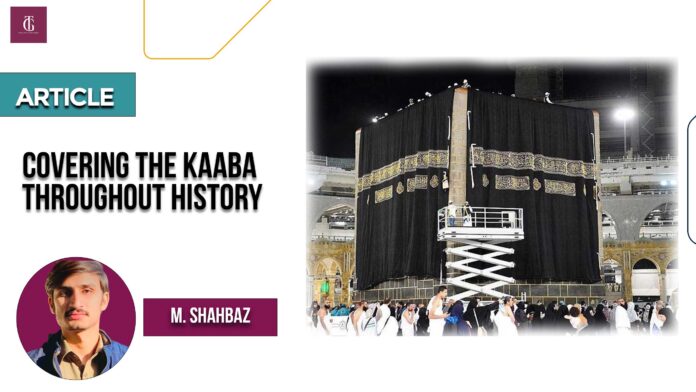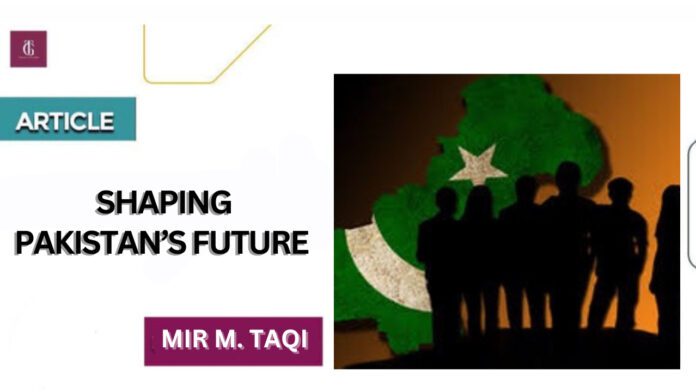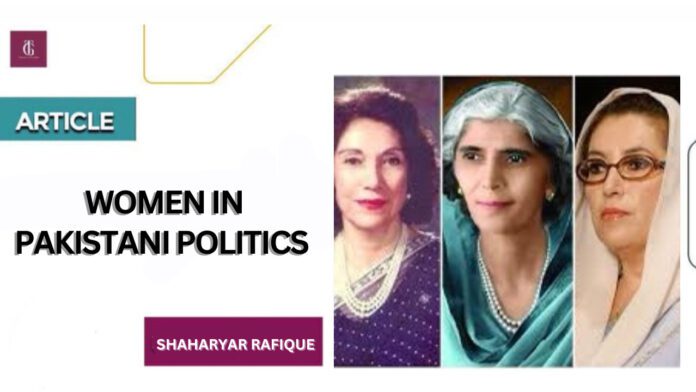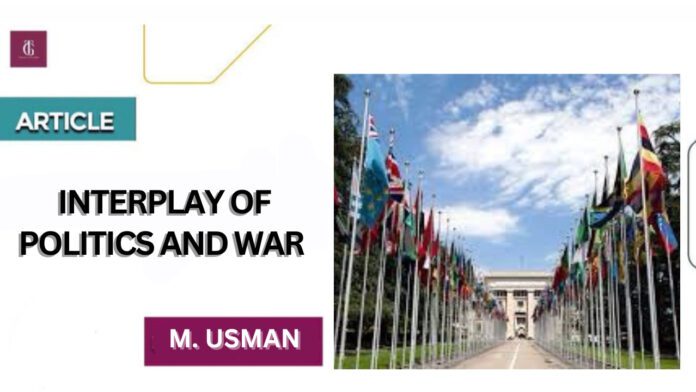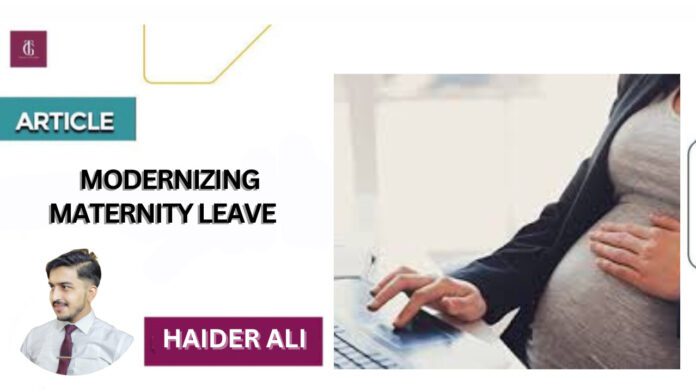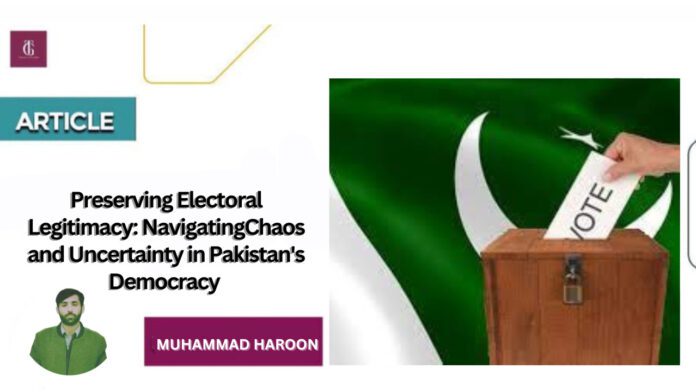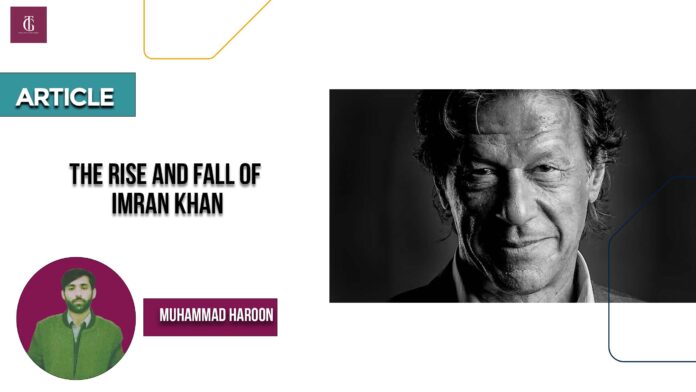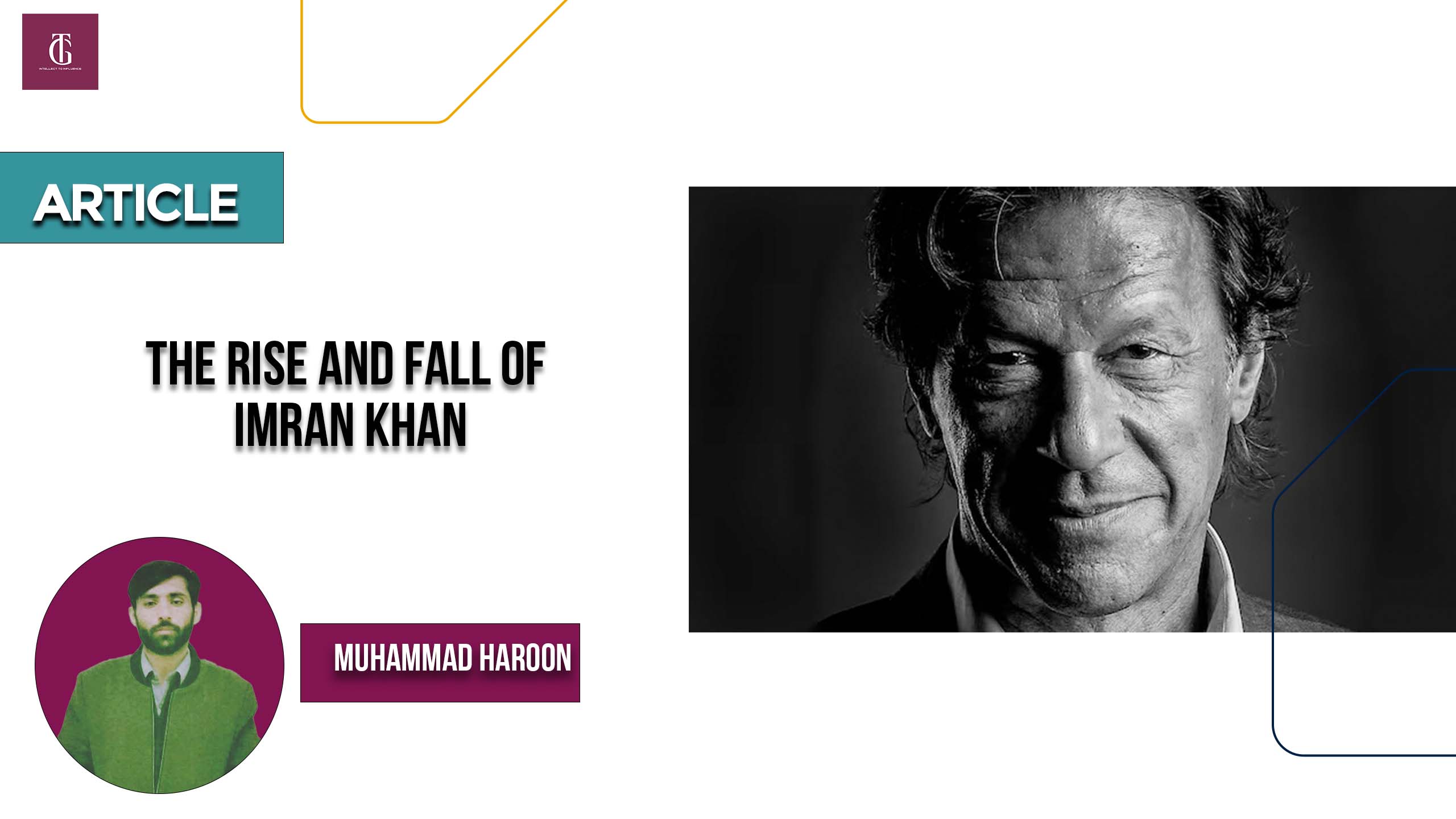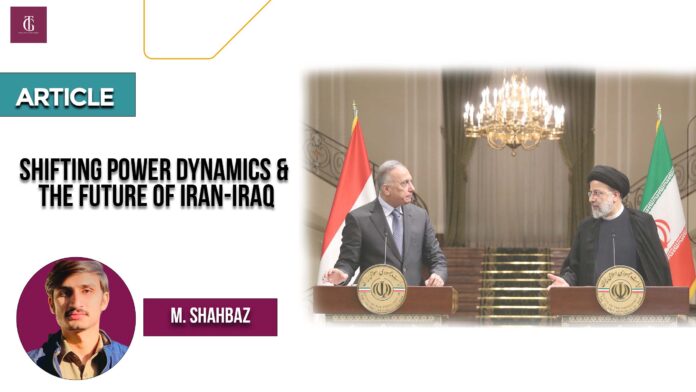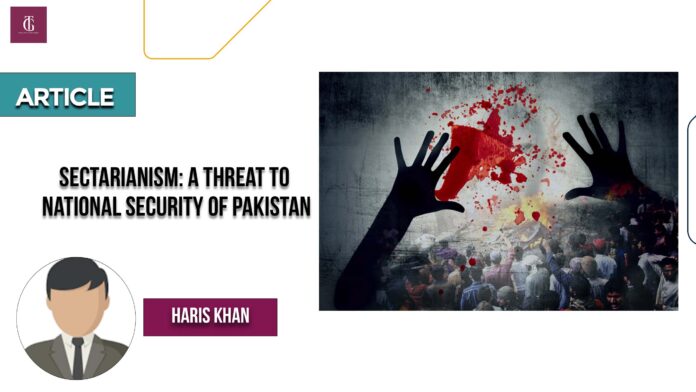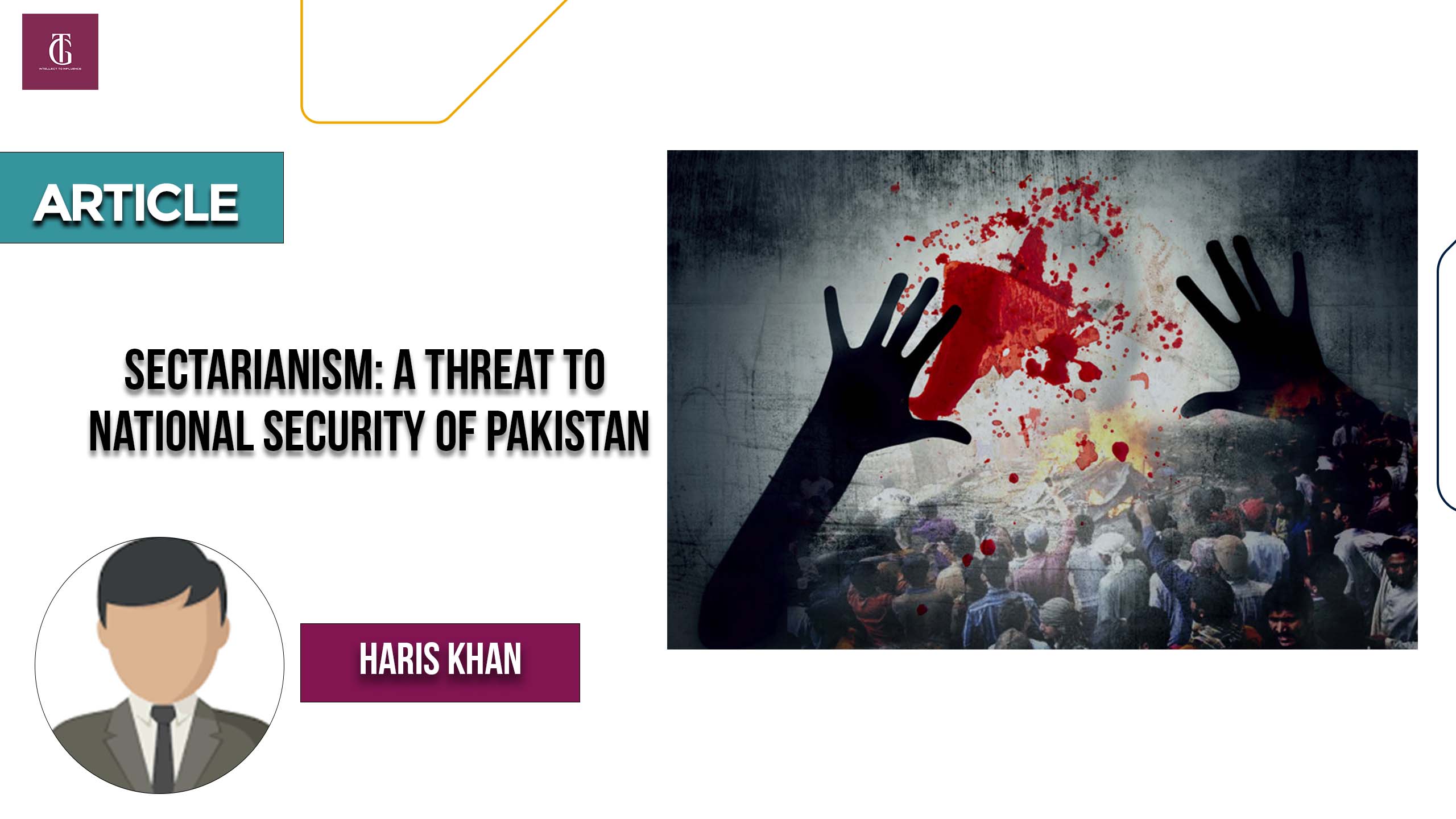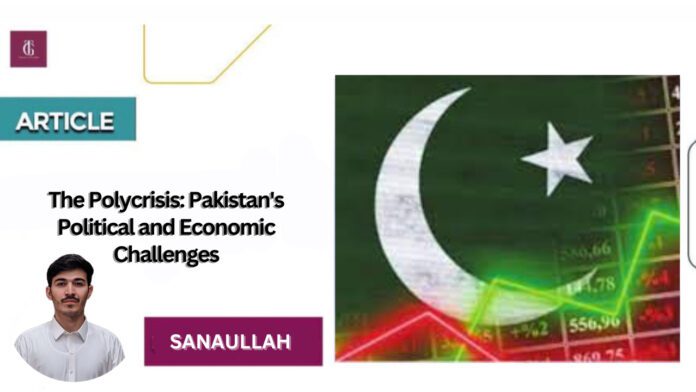
The replacement of the Kiswa, following the tradition of Prophet Muhammad and his companions, takes place on the ninth day of the month of Dhul Hijjah. Historical accounts state that after the conquest of Makkah in the ninth year of the Hijri calendar, the Prophet covered the Kaaba with Yemeni clothing during his farewell pilgrimage. The Kiswa is replaced annually during the Hajj pilgrimage, specifically after the pilgrims visit Mount Arafat, in preparation for the arrival of worshippers the following morning, coinciding with Eid Al-Adha.
Throughout history, the colors of the Kaaba’s coverings have undergone regular changes. The Prophet Muhammad covered it with white and red-striped Yemeni cloth, while Abu Bakr Al-Siddiq, Umar ibn Al-Khattab, and Uthman ibn Affan covered it with white cloth. Ibn Al-Zubayer, on the other hand, covered it with red brocade. During the Abbasid era, the Kiswa was draped in white and red alternately, and later during the reign of the Seljuk Sultan, it was covered in yellow brocade. The Abbasid Caliph Al-Nassir then changed the Kiswa’s color to green and later to black brocade, which remains its color to this day.
Dr. Fawaz Al-Dahas, director of the Center of Makkah History, explained that the choice of color for the Kiswa in each era was influenced by the available financial resources. He further noted that white was initially chosen for its brightness but proved to be less durable, often becoming torn, dirty, and impure due to frequent contact by pilgrims. Consequently, it was replaced by black-and-white brocade and shimla, which were practical and long-lasting materials used to cover Arab tents.
The type of fabric used for the Kiswa of the Kaaba was primarily determined by the financial means of the respective era. As the perception of the Kiswa evolved over time, it was replaced with red brocade and qubati Egyptian cloth, sometimes supplemented with a rug of leather (antaa) or a collection of rough clothes (musouh). The Kiswa was changed whenever new fabric became available, a practice observed during the Rashidun Caliphate, the Umayyads, and the Abbasids.
The selection of black as the final color for the Kiswa occurred during the end of the Abbasid era due to its durability and ability to withstand contact from visitors, pilgrims, and people of diverse cultures from around the world. To protect the Kiswa from touch, it is elevated to the middle of the Kaaba during the Umrah season.
Historical records mention Tubbaa Al-Humairi, the king of Yemen in pre-Islamic times, as the first person known to have covered the Kaaba. Accounts indicate that he initially covered it with a thick cloth called khasf, followed by Maafir cloth named after an ancient Yemeni city, and then with rabitah, a soft and thin one-piece cloth. The Kaaba was later covered with wasael, a red-striped Yemeni cloth.
Successors of Al-Humairi utilized leather and qubati coverings, among others, during the pre-Islamic era, considering it a religious duty and a great honor. It is mentioned in some accounts that the Kiswa was layered on the Kaaba during that time, and when it became heavy or worn out, it was either removed or divided.
Islamic history confirms that Prophet Muhammad was the first to cover the Kaaba with qubati, a thin white cloth from Egypt, named after the Copts. After the conquest of Makkah, the Prophet retained the old Kiswa used during the era of the polytheists until a woman accidentally burned it while trying to scent it with incense, at which point it was replaced with a Yemeni cloth.
During the Saudi era, significant attention has been given to the Kiswa. The Islamic state in Egypt continuously sent the Kiswa for centuries. King Abdul Aziz, the founder of Saudi Arabia, established a dedicated house for manufacturing the Kiswa in Makkah’s Ajyad neighborhood, close to the Grand Mosque. It became the first weaving facility for the Kiswa in the Hijaz region, serving from the pre-Islamic era to the present.
King Salman issued a royal decree to rename the Kaaba Kiswa factory as the King Abdul Aziz Complex for the Kaaba’s Kiswa. The complex consists of various sections, including the desalination department responsible for ensuring water purity for silk quality and the desalination of groundwater used for washing and dyeing silk.
The dyeing process involves removing the waxy layer from the silk threads before dyeing them black and green using specific chemicals and proportions for color stability. The cotton lining of the Kiswa is also washed, and 670 kg of natural silk is required for each Kiswa.
Tests are conducted on silk, cotton, and silver-coated threads to ensure they meet the required standards for strength, resistance to erosion and climatic conditions, and high quality. The complex is equipped with advanced Jacquard machines for textile manufacturing, which weave Qur’anic verses, produce engraved black silk with verses and prayers, and plain silk for printing verses, silver-thread, and gold-plated embroidery. These machines employ 9,986 threads per meter to expedite Kiswa production.
The printing department is responsible for printing Qur’anic verses and Islamic motifs on the Kaaba’s belt. They also prepare the Manasij, wooden sides with white raw fabric in between, onto which the plain silk is placed for printing the belt. The embroidery of gold, silver, and motifs is carried out by placing cotton threads of different densities over the printed motifs on the black fabric. Technicians use silver wire coated with gold to create fillings and domes with necessary stitches.
Various pieces are produced for the Kaaba’s belt, corners, lamps, and the outside curtain of the Kaaba’s door, with Qur’anic verses and embroidery. The lower part of the Kiswa is lifted three meters to preserve its cleanliness and integrity and to prevent tampering, as cutting parts from the Kaaba’s black cloth by some pilgrims has been observed.”

